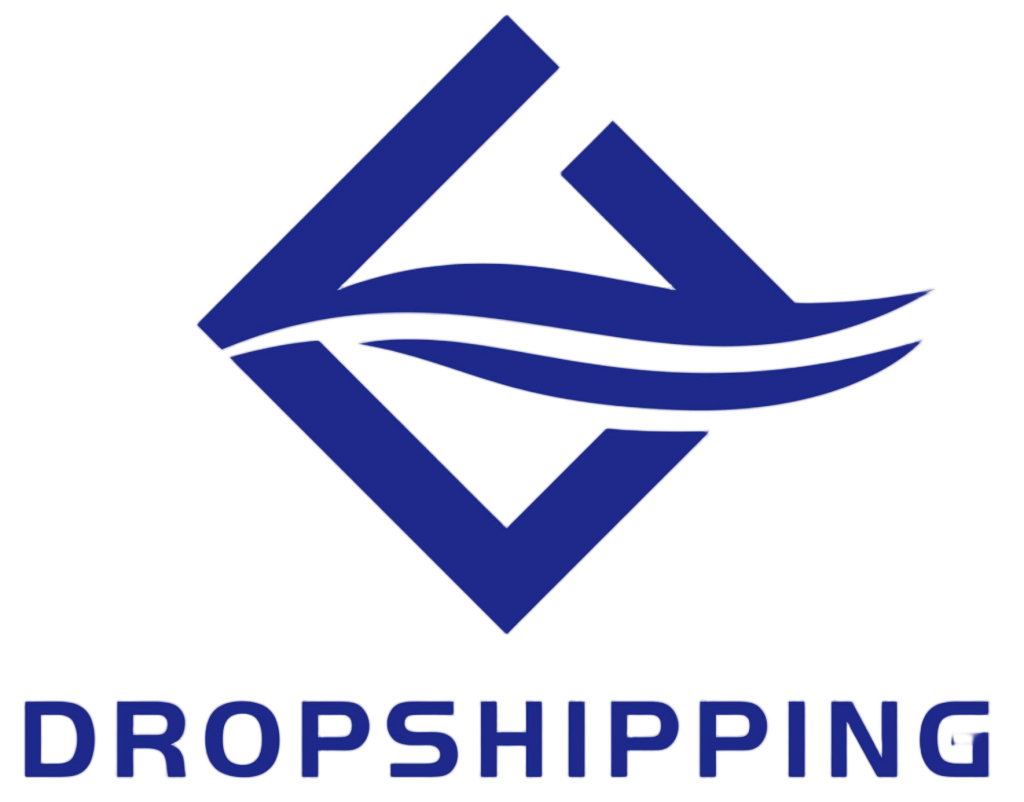Identifying the Roadblocks
The first step in overcoming growth hurdles is pinpointing the root causes of your struggles. One of the most prevalent issues is a lack of a clear target audience. Without a deep understanding of who your ideal customers are—their demographics, pain points, shopping behaviors, and preferences—your marketing efforts will be like shooting in the dark. For instance, if you’re selling eco-friendly beauty products but targeting a broad audience instead of focusing on environmentally-conscious consumers, you’ll struggle to resonate with the right people and convert them into buyers.
Another significant obstacle is ineffective marketing and branding. In the digital age, standing out from the crowd is no easy feat. Generic branding and generic marketing messages fail to capture attention and build a loyal customer base. Your brand needs a unique value proposition that sets it apart from competitors. Moreover, if you’re not leveraging the right marketing channels, such as social media, search engine optimization (SEO), email marketing, and paid advertising, you’re missing out on countless opportunities to reach potential customers.
Poor user experience on your ecommerce website can also be a major deterrent to growth. Slow loading times, complicated navigation, and a clunky checkout process can drive customers away. According to a study, even a one-second delay in page load time can result in a 7% reduction in conversions. Additionally, if your website isn’t mobile-friendly, you risk alienating a significant portion of your audience, as a large percentage of online shopping now occurs on mobile devices.
Strategies to Fuel Growth
Once you’ve identified the challenges holding you back, it’s time to implement effective strategies to overcome them. Refining your target audience should be at the top of your list. Conduct thorough market research, analyze customer data, and create detailed buyer personas. This will help you tailor your marketing messages, product offerings, and customer experience to meet the specific needs and desires of your ideal customers. For example, if you discover that a large segment of your target audience consists of busy moms looking for convenient and healthy meal solutions, you can create targeted content and promotions that speak directly to them.
Enhancing your branding and marketing efforts is crucial for standing out in the crowded ecommerce space. Develop a strong brand identity that includes a memorable logo, a compelling brand story, and consistent visual and verbal branding across all touchpoints. Craft unique and engaging marketing campaigns that highlight your products’ benefits and value. Utilize social media platforms to build a community, engage with your audience, and showcase user-generated content. Invest in SEO to improve your website’s visibility in search engine results pages and drive organic traffic. Additionally, consider running targeted paid advertising campaigns on platforms like Google Ads and Facebook Ads to reach a wider audience and drive sales.
Optimizing your website for a seamless user experience is essential for increasing conversions and customer satisfaction. Ensure your website loads quickly by optimizing images, minifying code, and using a reliable hosting provider. Simplify your website’s navigation and make it easy for customers to find what they’re looking for. Streamline the checkout process by reducing the number of steps and offering multiple payment options. Make sure your website is fully responsive and looks great on all devices, including desktops, laptops, tablets, and smartphones. Regularly test your website for usability and make improvements based on user feedback.
Leveraging customer reviews and testimonials can also be a powerful growth strategy. Positive reviews and testimonials build trust and credibility with potential customers and can significantly influence their purchasing decisions. Encourage satisfied customers to leave reviews on your website, social media pages, and third-party review sites. Respond to reviews promptly and professionally, whether they’re positive or negative. Use customer reviews and testimonials in your marketing materials, such as product pages, email campaigns, and social media posts, to showcase the value and quality of your products and services.
Staying ahead of the competition requires continuous learning and innovation. Keep a close eye on your competitors’ strategies, products, and pricing. Look for opportunities to differentiate your business and offer unique value to your customers. Stay up-to-date with the latest industry trends and technologies and be willing to adapt and evolve your business accordingly. For example, if you notice that your competitors are offering same-day delivery, you might consider exploring this option to meet customer expectations and gain a competitive edge.
Success Stories: Inspiring Examples
To illustrate the effectiveness of these strategies, let’s take a look at a few success stories. Glossier, a beauty brand that started as a blog, grew into a billion-dollar company by focusing on its target audience of young, beauty-obsessed consumers. Glossier built a strong brand identity through its minimalist packaging, relatable brand story, and user-generated content. The brand leveraged social media platforms, particularly Instagram, to engage with its audience, showcase its products, and drive sales. By listening to its customers and continuously innovating, Glossier was able to build a loyal community and achieve remarkable growth.
Warby Parker, an eyewear company, disrupted the traditional eyewear industry by offering affordable, stylish glasses online. The company identified a gap in the market and targeted cost-conscious consumers who were tired of paying high prices for glasses. Warby Parker built a strong brand by providing a seamless online shopping experience, offering a home try-on program, and donating a pair of glasses to someone in need for every pair sold. By focusing on customer satisfaction and social responsibility, Warby Parker was able to differentiate itself from competitors and achieve rapid growth.
Conclusion
Growing an ecommerce business is no easy task, but with the right strategies and mindset, it’s definitely achievable. By identifying the roadblocks holding you back, implementing effective growth strategies, and learning from successful examples, you can overcome challenges and take your ecommerce business to new heights. Remember, growth takes time and effort, so be patient, stay focused, and keep learning and adapting. With perseverance and a commitment to excellence, you can build a thriving ecommerce business that stands the test of time.






